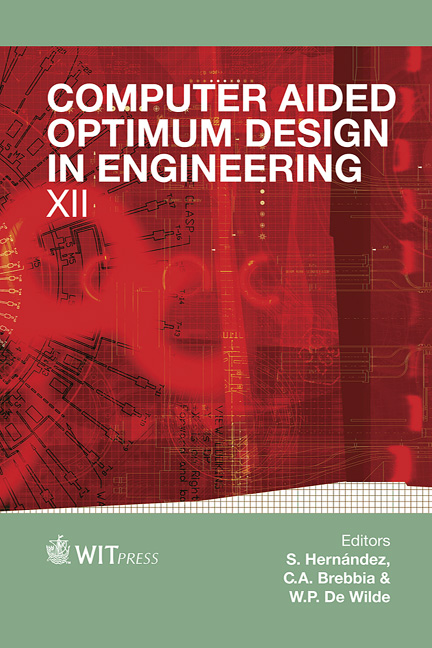Aerodynamic Shape Optimization Of Axial Flow Fan Nose Cones
Price
Free (open access)
Transaction
Volume
125
Pages
10
Page Range
109 - 118
Published
2012
Size
402 kb
Paper DOI
10.2495/OP120101
Copyright
WIT Press
Author(s)
R. W. Derksen & J. R. Bender
Abstract
The purpose of this work is to improve the efficiency of large scale axial flow fans through the introduction of a more uniform velocity distribution over the fan blades. This improved velocity distribution being realized through the use of an aerodynamically optimized inlet cone. The procedure for optimizing the inlet cone uses existing aerodynamic optimization methods programmed into a completely self contained FORTRAN program. The type of optimization algorithm used here is the use of design optimization to solve an inverse design problem. The different modules of the program include a surface vorticity panel method flow solver, a Bezier curve surface definition routine and a minimization method. Three different minimization methods were tested to determine the most appropriate one, this being the downhill simplex method in multidimensions. Many different sized fans and inlet cones were tested, with two different types of optimized inlet cones being discovered. Short inlet cones typically make use of a very blunt inlet cone with a slight hump or rise above the hub radius. Longer inlet cones make use of a more curved inlet cone with no hump. It was also found from this work that the relatively simple methods used can provide an adequate modeling of the problem and a reasonable solution. Keywords: axial flow fans, aerodynamic shape optimization, inverse design.
Keywords
axial flow fans, aerodynamic shape optimization, inverse design.





